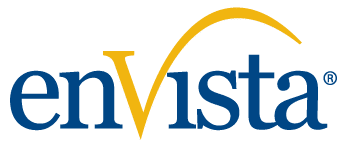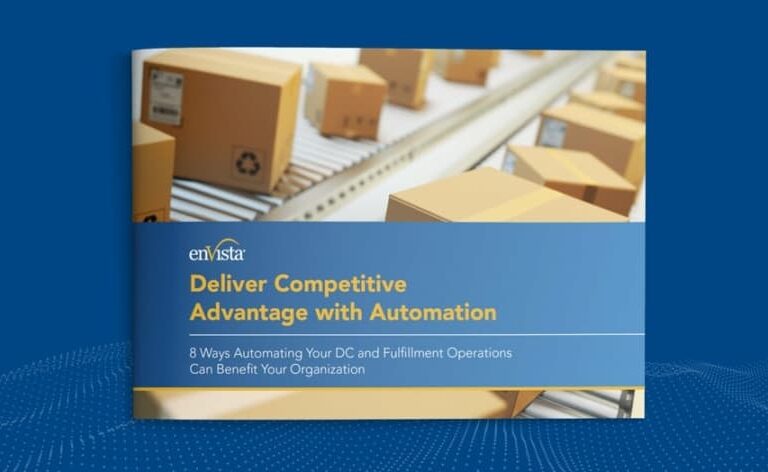Reading Time: 5 minutesGuest Author: Steven Walter, Sr. Manager of Consulting at enVista
- Assessing S&OP Readiness: Successful S&OP implementation requires executive buy-in, cross-functional alignment and a strong foundation of supply chain processes before execution.
- Collaboration & Communication: Effective S&OP relies on breaking down silos between teams, fostering collaboration with sales, marketing, finance and external partners, and aligning incentives to drive company-wide goals.
- Data & Process Maturity: Readily accessible, accurate data and well-defined product hierarchies are critical to driving informed decision-making and achieving long-term S&OP success.
- Strategic & Long-Term Planning: Shifting from short-term firefighting to forward-looking planning (3-18 months ahead) is key to maximizing the benefits of S&OP.
- Commitment to Implementation: S&OP is a complex, long-term initiative requiring sustained focus, resources and continuous improvement—enVista’s expertise can help ensure a smooth transition and lasting success.
-
- Is your executive leadership aware of and on board with S&OP as a concept?
-
- Do you feel your teams (demand, supply, etc.) are working with each other toward the same goals?
-
- Do your demand and supply teams have significant relevant experience?
-
- Does your team collaborate well with the sales, marketing and/or finance teams?
-
- Does your team collaborate with external partners (vendors, customers, etc.)?
-
- Is your team used to discussing potential issues 3-9 months into the future?
-
- Do you track and report key planning metrics (Fill rate, manufacturing adherence, days of inventory, etc.) at detailed and aggregate levels?
-
- Do you have 8-12 product families with links to both demand and supply hierarchies?
-
- Can you easily access sales, production, forecast and other base S&OP/planning data?
-
- Do you have an item level forecast and the ability to aggregate to a product family level 12-18 months into the future?
-
- Can you view and adjust inventory and supply targets at some aggregate level beyond the plant or distribution center level?
-
- Is your team prepared to put focus and energy into an S&OP implementation over 9-12 months?






